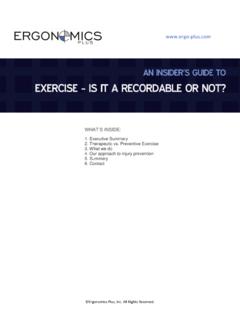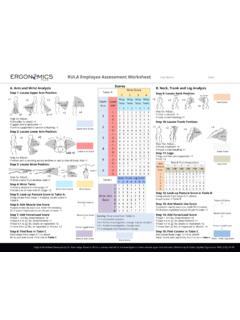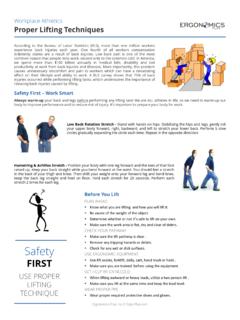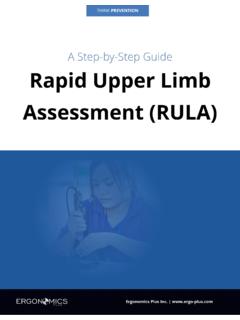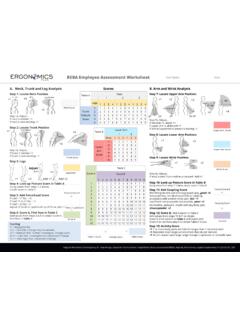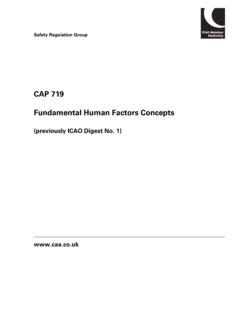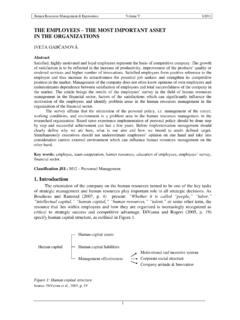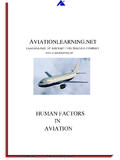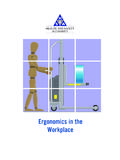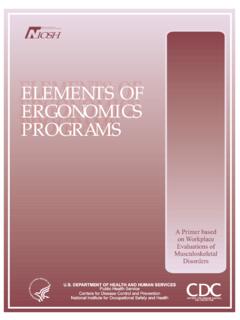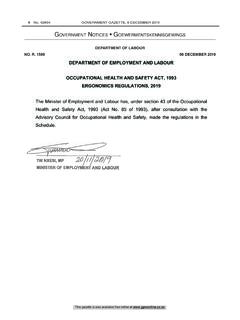Transcription of Ergonomics Ergonomic Risk Factors & Control Methods
1 ErgonomicsErgonomic Risk Factors & Control MethodsMark MiddlesworthMSD Risk FactorsINDIVIDUALRISK FACTORSERGONOMIC RISK FACTORSMSD-FORCE-REPETITION-POSTURE-POOR WORK PRACTICES-POOR HEALTH PROFILE-NO RECOGNITION OF EARLY .WARNING SIGNSOver time, exposure to risk Factors leads to Prevention ControlsERGONOMICCONTROLSINDIVIDUAL CONTROLSPREVENT MSDsIdentify and remove ergonomicrisk and remove individualrisk factorsPrevent MSDs by identifying and removing risk Ergonomic Risk FactorsThere are three primary Ergonomic risk TASK / SUSTAINED AWKWARD POSTURESP rimary Ergonomic Risk FactorsREPETITIONFORCEPOSTUREMany work tasks and cycles are repetitive in nature, and are frequently controlled by hourly or daily production targets and work processes. High task repetition, when combined with other risks Factors such high force and/or awkward postures, can contribute to the formation of MSD.
2 A job is considered highly repetitive if the cycle time is 30 seconds or FAC TOR: H IG H TASK REPETITIONP rimary Ergonomic Risk FactorsREPETITIONFORCEPOSTUREE ngineering ControlsEliminating excessive force and awkward posture requirements will reduce worker fatigue and allow high repetition tasks to be performed without a significant increase in MSD risk for most METH OD S FOR H IG H TASK REPETITIONP rimary Ergonomic Risk FactorsREPETITIONFORCEPOSTUREWork Practice ControlsProviding safe & effective procedures for completing work tasks can reduce MSD risk. In addition, workers should be trained on proper work technique and encouraged to accept their responsibilities for MSD METH OD S FOR H IG H TASK REPETITIONP rimary Ergonomic Risk FactorsREPETITIONFORCEPOSTUREJob RotationJob task enlargement is a way to reduce duration, frequency and severity of MSD risk Factors .
3 Workers can rotate between workstations and tasks to avoid prolonged periods of performing a single task, thereby reducing fatigue that can lead to METH OD S FOR H IG H TASK REPETITIONP rimary Ergonomic Risk FactorsREPETITIONFORCEPOSTUREC ounteractive Stretch BreaksImplement rest or stretch breaksto provide an opportunity for increased circulation needed for METH OD S FOR H IG H TASK REPETITIONP rimary Ergonomic Risk FactorsREPETITIONFORCEPOSTUREMany work tasks require high force loads on the human body. Muscle effort increases in response to high force requirements, increasing associated fatigue which can lead to FAC TOR: EXCESSIV E FORCEP rimary Ergonomic Risk FactorsREPETITIONFORCEPOSTUREE ngineering ControlsEliminating excessive force requirements will reduce worker fatigue and the risk of MSD formation in most workers.
4 Using mechanical assists, counter balance systems, adjustable height lift tables and workstations, powered equipment and Ergonomic tools will reduce work effort and muscle METH OD S FOR EXCESSIV E FORCEP rimary Ergonomic Risk FactorsREPETITIONFORCEPOSTUREWork Practice ControlsWork process improvements such as using carts and dollies to reduce lifting and carrying demands, sliding objects instead of carrying or lifting, and eliminating any reaching obstruction to reduce the lever arm required to lift the METH OD S FOR EXCESSIV E FORCEP rimary Ergonomic Risk FactorsREPETITIONFORCEPOSTUREP roper Body MechanicsWorkers should be trained to useproper lifting and work techniquesto reduce force METH OD S FOR EXCESSIV E FORCEP rimary Ergonomic Risk FactorsREPETITIONFORCEPOSTUREA wkward postures place excessive force on joints and overload the muscles and tendons around the effected joint.
5 Joints of the body are most efficient when they operate closest to the mid-range motion of the joint. Risk of MSD is increased when joints are worked outside of this mid-range repetitively or for sustained periods of time without adequate recovery FAC TOR: SUSTAINED AWKWARD POSTURESP rimary Ergonomic Risk FactorsREPETITIONFORCEPOSTUREE ngineering ControlsEliminate or reduce awkward postures with Ergonomic modifications that seek to maintain joint range of motion to accomplish work tasks within the mid-range of motion positions for vulnerable joints. Proper Ergonomic tools should be utilized that allow workers to maintain optimal joint METH OD S FOR SUSTAINED, AWKWARD POSTURESP rimary Ergonomic Risk FactorsREPETITIONFORCEPOSTUREWork Practice ControlsWork procedures that consider and reduce awkward postures should be implemented.
6 In addition, workers should be trained on proper work technique and encouraged to accept their responsibility to use their body properly and to avoid awkward postures whenever METH OD S FOR SUSTAINED, AWKWARD POSTURESP rimary Ergonomic Risk FactorsREPETITIONFORCEPOSTUREJob RotationJob rotation and job task enlargement is a way to reduce repeated and sustained awkward postures that can lead to METH OD S FOR SUSTAINED, AWKWARD POSTURESP rimary Ergonomic Risk FactorsREPETITIONFORCEPOSTUREC ounteractive Stretch BreaksImplement rest or stretch breaks to provide an opportunity to counteract any repeated or sustained awkward postures and allow for adequate recovery METH OD S FOR SUSTAINED, AWKWARD POSTURESL earn more about Ergonomic risk the link below: more Ergonomics and injury prevention tips at Click the link

